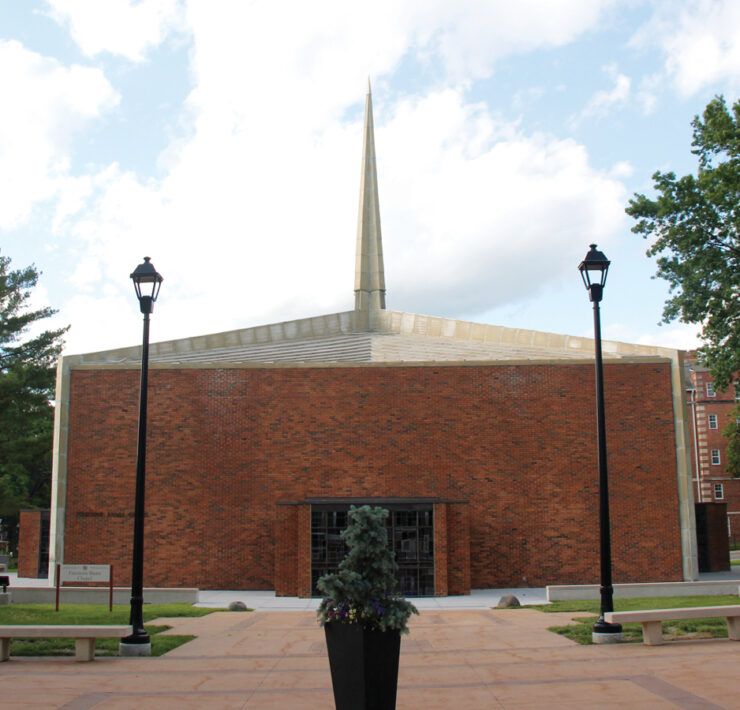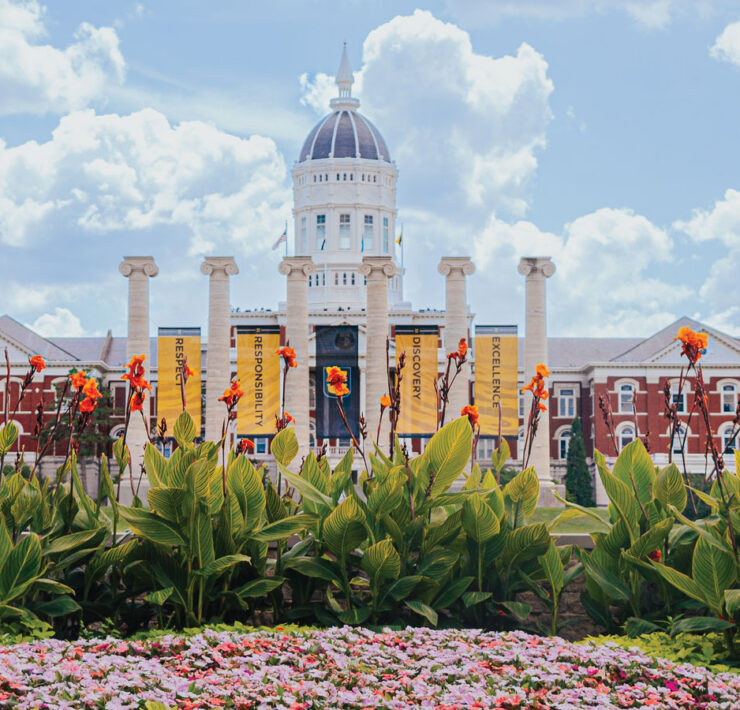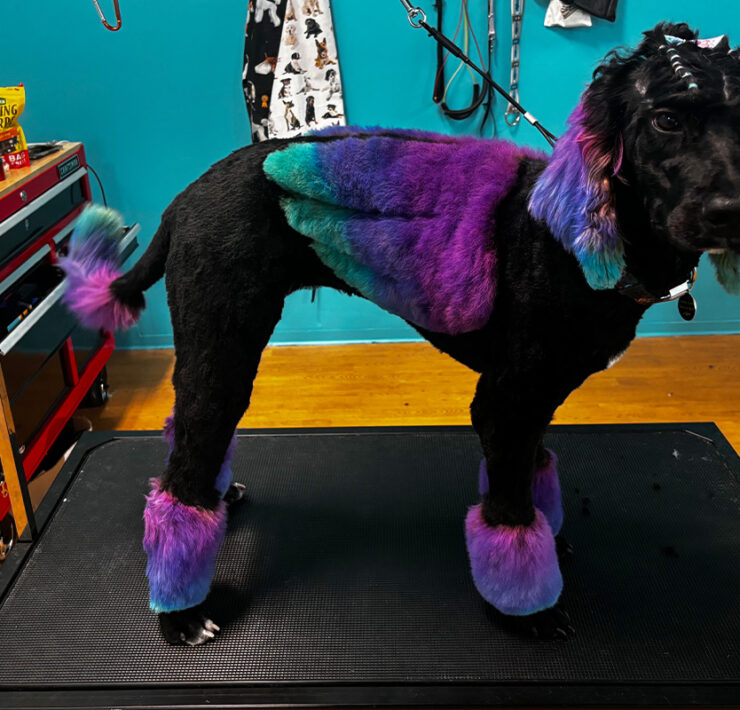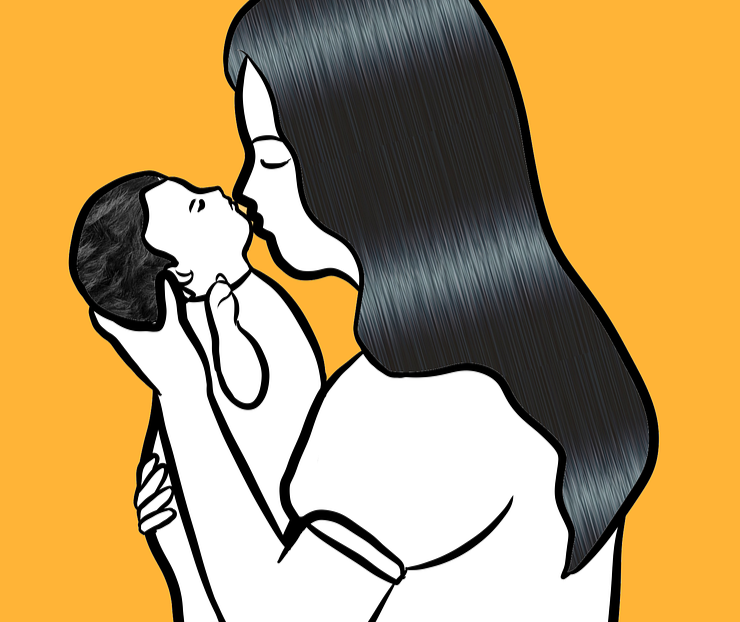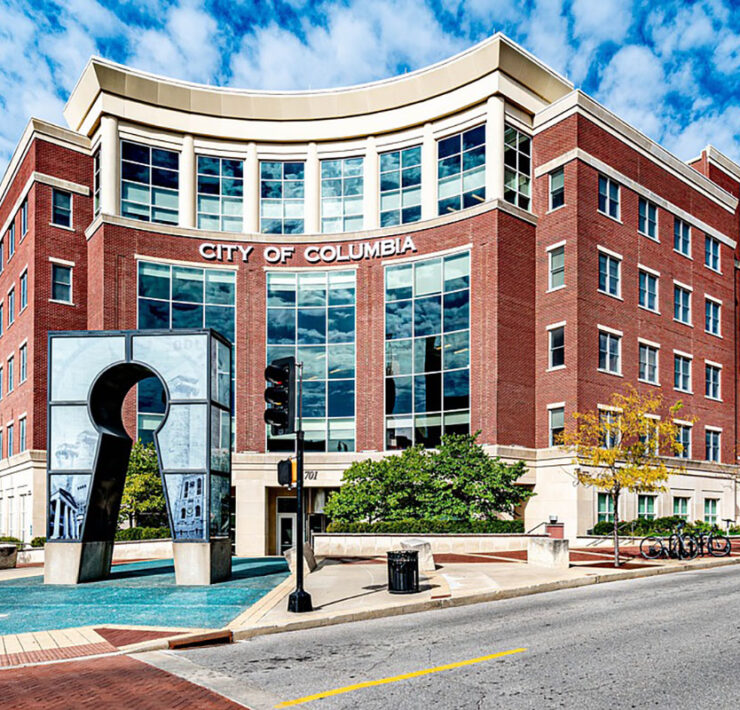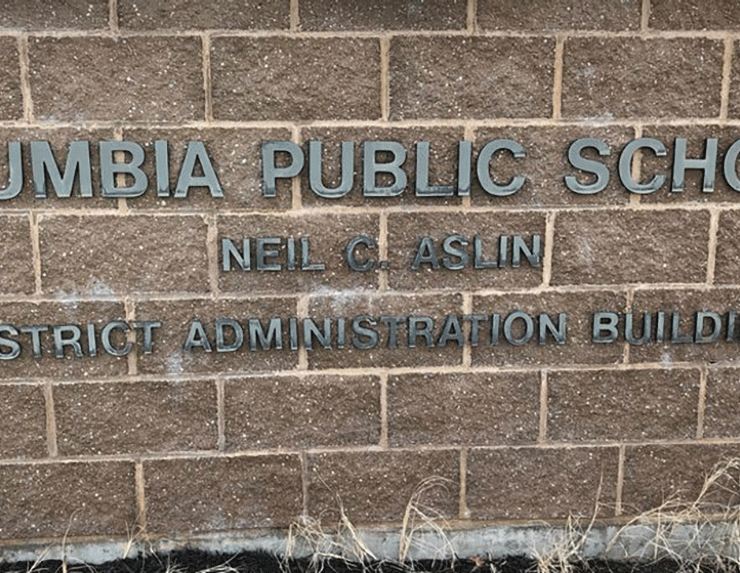Memory Lane: COMO and Mizzou in the ’60s (Part 2)
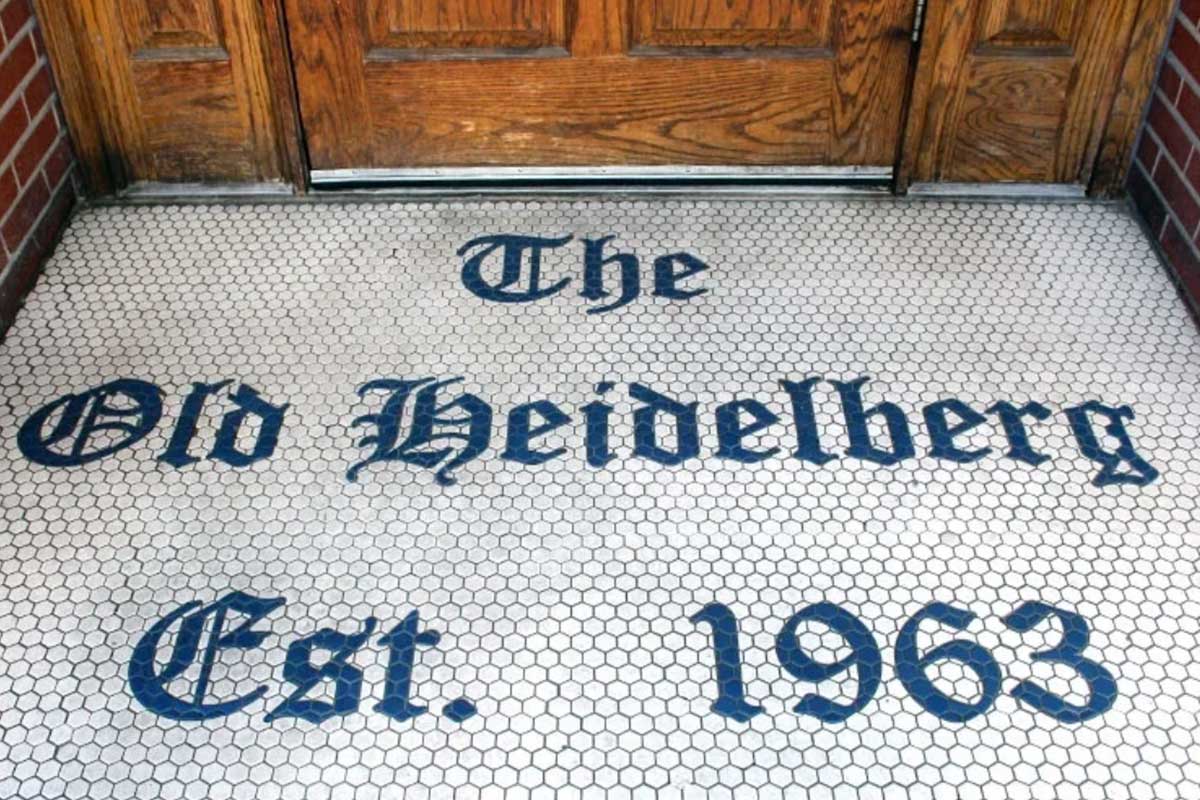
Remembering the dives, bars, and roadhouses of Columbia through fuzzy lenses
Columbia, the University of Missouri campus, faces and names of the past, and places that are now only snapshots in memories. It was the 1960s and Mizzou chem/engineering student Steve Mosier was soaking it all in — even after the coeds were in by their 10:30 p.m. curfew.
The names include Mort Walker and Beetle Bailey and Ike and Tina Turner. Elvis was crooning about a hound dog.
The hangouts — some more popular than others and all, probably, with stories still to be told — included The Shack, The Heidelberg, The Black Knight, The Coronado Club, Drew Drop Inn, and the Falcon Athletic Club.
Those are just a few of the featured spots in this timeless collection of memories from Steve Mosier, Mizzou SAE, Class of ’61.
This is part two of a three-part series.
In the middle of the strip was “the Shack,” which it was, having been there for around thirty years in my day. Entry was through a small door into a warren of booths and tables. Was food served? I’m not sure. Pizza, maybe, but beer was the featured beverage — pitchers of Bud and Falstaff. Coke was there for those without student ID or other credentials, but pitchers on the table were the standard.
There are legends about the Shack. Apparently, it started as a food truck of the day, the Depression era, and then grew to Jack’s Shack. The provenance is beyond me, but this is probably the case. It was known for the booths and areas where generations of coeds had carved initials on about any surface in sight. It had a green door you entered (different than a few Green Doors I encountered in my days in uniform and in the DoD, but there are some parallels, believe me), and legend said it was linked to the popular song of the day, The Green Door, what’s that secret you’ve been keeping.
Rumor in my day was the song was written by the brother of a Stephens girl, and later covered by Jim Lowe and made popular along with Elvis Presley’s Hound Dog in the day.
It might be a legend, but any story by a Stephens cutie was believable, and as you know the legend beats the truth hands down, any day. Before my time the Shack became associated with Mort Walker and his Beetle Bailey crew. That is legend.
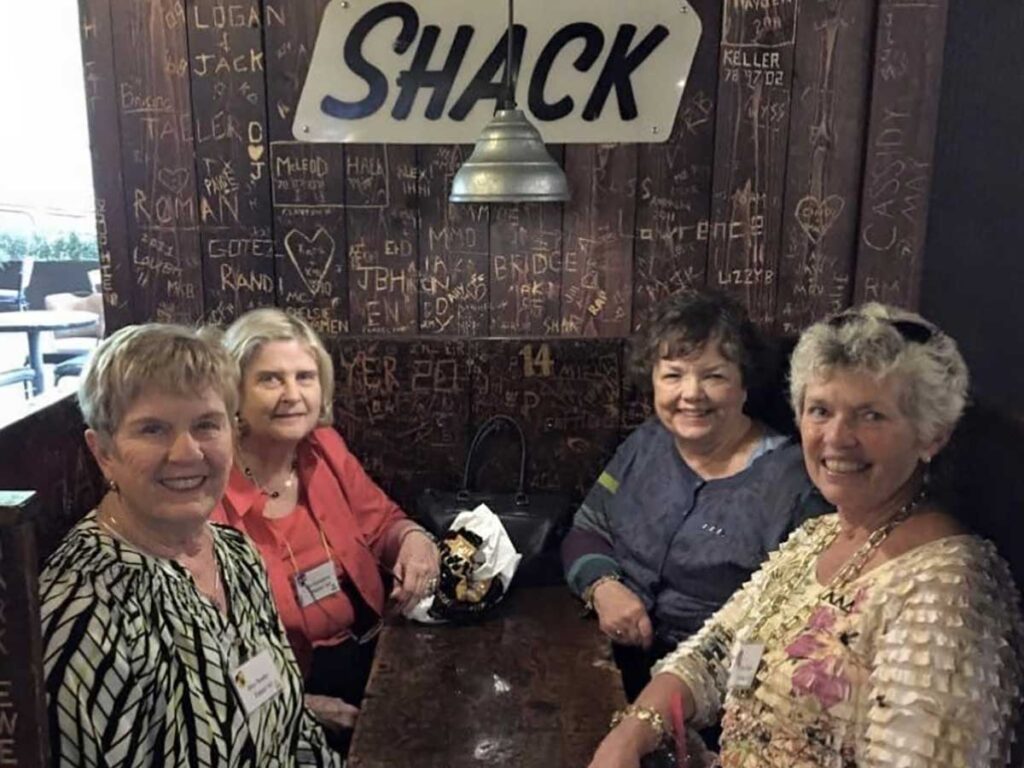
Sadly, the Shack burned to the ground in 1986. I suspect it was a terrorist attack but along with the other leftovers of the strip mall it was torn down and became a part of a new Mizzou. The lyrics that come to mind is, “they paved paradise and put up a parking lot.” Some wise old alum captured parts of the Shack, especially the carved initials and a booth, installed these artifacts in the new Student Union, on the parking lot, and preserved some heritage and history. My wife and four of her BFF Tri Delta sisters had their picture taken in the booth not so long ago. Four great girls keeping the faith. I passed. Beetle’s statue is there. Better him than me.
Was the Shack a dive? I think not. It looked like a dive and had the beer and cigarette aroma of a dive but was about 100 percent patronized and populated by students. No locals, no meeting of the different cultures. Looked like a dive, smelled like a dive, and the clientele acted like they were in a dive, but it was a hangout, not a dive.
It might be a legend, but any story by a Stephens cutie was believable, and as you know the legend beats the truth hands down, any day.
Changing pace, we’ll talk a bit about the Heidelberg. First off, the Heidelberg, just east of the J-School, was neither a dive nor a bar. It was a place you’d take a girl on a first date to impress her, and a place you’d take your parents when they were paying. It was, in earlier incarnation, the Ever Eat (my dad was there in the mid-30s), and changed its name to remind patrons of the college atmosphere of Europe.
It suffered a major fire while I was on campus, but the owners came back strong, and it remains family-run and operated. Couldn’t be more convenient to campus, has a reputation for good food, with some German heritage, and good brew. The bedrock for good dining around the campus for years.
North of the main campus was the Black Knight. I would judge it a genuine dive — pool hall, too, as I recall. I don’t think I ever made it to the Knight. It always looked rough and beyond my comfort zone. At least, in my imagination, there was a whiff of reefer smoke out of the Knight when walking by. Maybe it was the image of many of the occupants dressed dark and seriously, like Mort Sahl.
Maybe the J-School guys getting in character for a walk on the wild side doing some training there; you know someone always wanted to be Mickey Spillane or one of the Nighthawks. A recent review said it was “off limits to Stephens girls.” I knew some Stephens girls, especially from Texas — of good breeding and adventurous spirit. They might have dressed down for the Knight, but maybe not.
The places I’ve mentioned so far were, well, not so far, from the main campus. In the ‘60s, transportation was an issue. Even getting across campus from the girl’s dorms, Jones, Lathrop, and Laws was a hike to the sociology building, or from ROTC to the engineering complex on the same part of campus. (A reminder here, campus rules precluded girls wearing slacks unless the temperature was somewhere around fifteen degrees.)
Missouri had its share of windy, rainy weather; someone with a car would find themselves in demand on those days of fifteen degrees or well above that condition. Hard to imagine that draconian condition being imposed on today’s students, isn’t it? There might have been some bus service, but it was spartan and not even close to convenient. Cars were both a luxury and a burden. Parking was minimal, gas though cheap — but was still a budget line item for most Mizzou students — and if you had a car, it was in some way community property. You were expected to provide ride-sharing service, especially on the weekends, and maybe even be a lender for someone that had a date, or other need for transportation.
Some of the best social spots required transportation. Places like the Paradise Club, the Coronado, Moon Valley Villa, the Stables, and Andy’s Corner were among the several scattered around the edge of the campus and Columbia. All required transportation. Several had good entertainment.
Back in the day Ike and Tina Turner would make excursions to Columbia, play, and dance their hearts out for students. I think Tina made the Rock and Roll Hall of Fame. A citizen of Switzerland, I believe, she is deserving of the recognition; God knows she earned it with Ike and playing those dollar admission gigs for us in Columbia.
Standing room only, crowded dance floors, and beer by the pitcher. Good times.
The Coronado Club, out on Business 63, was sold and demolished a few years back. Back in the day it was serving 3.2 beer and had live entertainment. One group that comes to mind was the Crossfires, locals from Mexico, Missouri, and maybe the Crazy Cats, from Chillicothe, featuring a local “oh, oh” girl for vocals and “shake it up” entertainment. She did, and the boys were entertained nightly.
Maybe the J-School guys getting in character for a walk on the wild side doing some training there; you know someone always wanted to be Mickey Spillane or one of the Nighthawks.
One night at the Coronado comes to mind. It was spring, and Missouri was suffering from some very heavy rain, which naturally created the demand for a hurricane party. Spontaneously, across the fraternity and sorority houses, there was a mid-week convergence at the Coronado. Lots of beer, jukebox music, and rain-soaked bodies made it “a good time had by all.”
It seemed like many of the places off campus were barns, rambling structures with little amenities for comfort. Just keg beer, wooden tables, booths, and someplace serving as a dance floor and music.In pleasant spring weather, the crowds would spill out on anything that resembled a lawn, or parking lot. The Coronado and Paradise Club were bigger than most places. They weren’t dives, nor were they bars; more like roadhouses. Bigger and often with live music. Others, like the Stables, Moon Valley Villa, and Saddle Club would probably fall in the dive category, with the caveat that most were overwhelmingly populated by students from Mizzou, Stephens, and Christian College.
Few locals wanted to mix with boisterous students. Bars were for serious drinking — beer only, until Columbia went wet around 1965 — with discussions on business, sports, and politics, not overwhelmed by the chatter of boys and girls talking about what boys and girls talk about.
Here’s a memory to see if you are reading this closely. At a typical roadhouse, the drinks — beer and some hard liquor — were on tables or booths. If the law, known as the “alky patrol,” entered a roadhouse unannounced, everyone got up from the table, and there was near silent alarm: “Everybody up and dance.” If you weren’t at a table or with a drink in your hand, you were home free.
Seems to me, there are lots of places where “everybody up and dance” might have been practiced. (Maybe before you send a scathing email … “Up and dance.”)
Now, there were some dives that attracted Mizzou students, again almost exclusively boys — that’s the way it was. You could count the Dew Drop Inn, the Rebel Room, Bell’s Lake Tavern, and Chubs Club. These were places that the locals frequented, and Mizzou students were in the minority. Several had their own character — Falstaff draft in small glasses from the Dew Drop Inn was trademark, as was its late hours closing time; 2 a.m. or thereabout.
On a few occasions, the rub between Mizzou “guests” and the locals would result in friction and possibly a few punches were thrown. I had a few foosball player friends who’d occasionally look for that sort of atmosphere at a place on the frontage road along I-70. The name escapes me, but on occasion, insults would be traded as well as a few punches, chairs knocked over, and some grappling on the beer-soaked floor. Mostly it was of little consequence, but as physical as the ball players were, they were quick to realize they were outmanned and maybe even outgunned.
The direction to the door was prompt, and the possibility of bad press and the impact of scholarships were enough to avoid major issues.
To be continued …
Watch for the concluding Part 3 of this series next Wednesday, September 27, at comomag.com.
Do you have a memory or two (or more?) of these watering holes? Do you have photos to share with our readers? Please email your memories and/or photos to [email protected].
ABOUT THE WRITER
Steve Mosier is Missouri born and a Mizzou Chem Engineer grad, Class of ’61. He met and married Pat Saunders at school. She was the honor grad, Steve graduated. He earned an AFROTC commission and flew Phantoms and Eagles for twenty-seven years and later worked for MCAIR and Boeing for another fifteen. While he was doing what he loved, Pat taught, counseled, and mentored young people at the nine places they lived in the States and Germany as well. Pat passed away in December 2020.
They have one daughter, Megan Mosier Ireland. She and her husband, Bill, and grandson, Liam live in Indian Hills, a short six miles from Steve’s home in Marietta, Georgia. For many years Steve played golf but gave it up when his scores often exceeded the temperature on a moderate day.
He enjoys reading, writing, history and travel, and sampling beer. There is an old saying: “You can’t be a fighter pilot, and grow up.” He agrees. Why would you?



